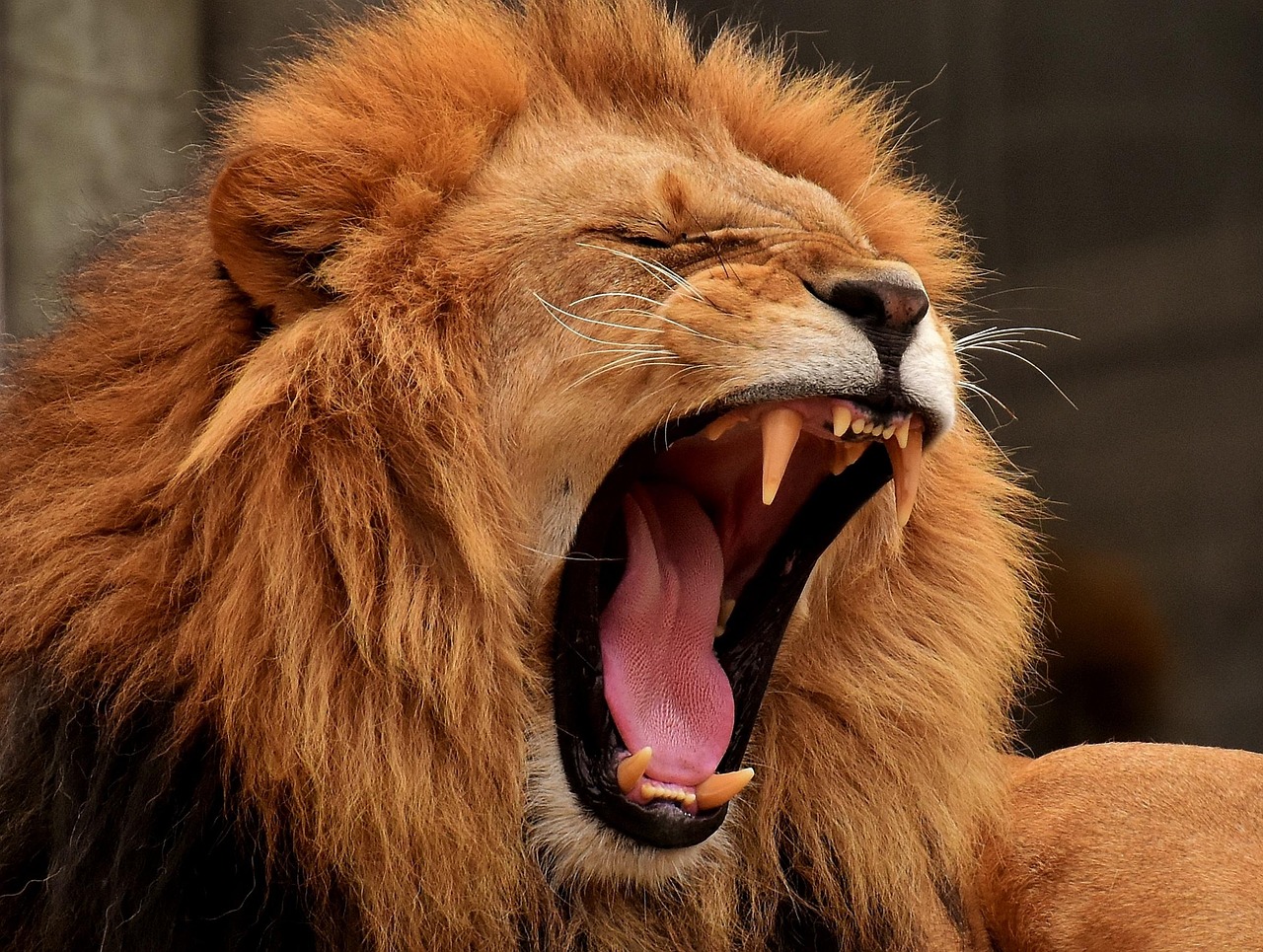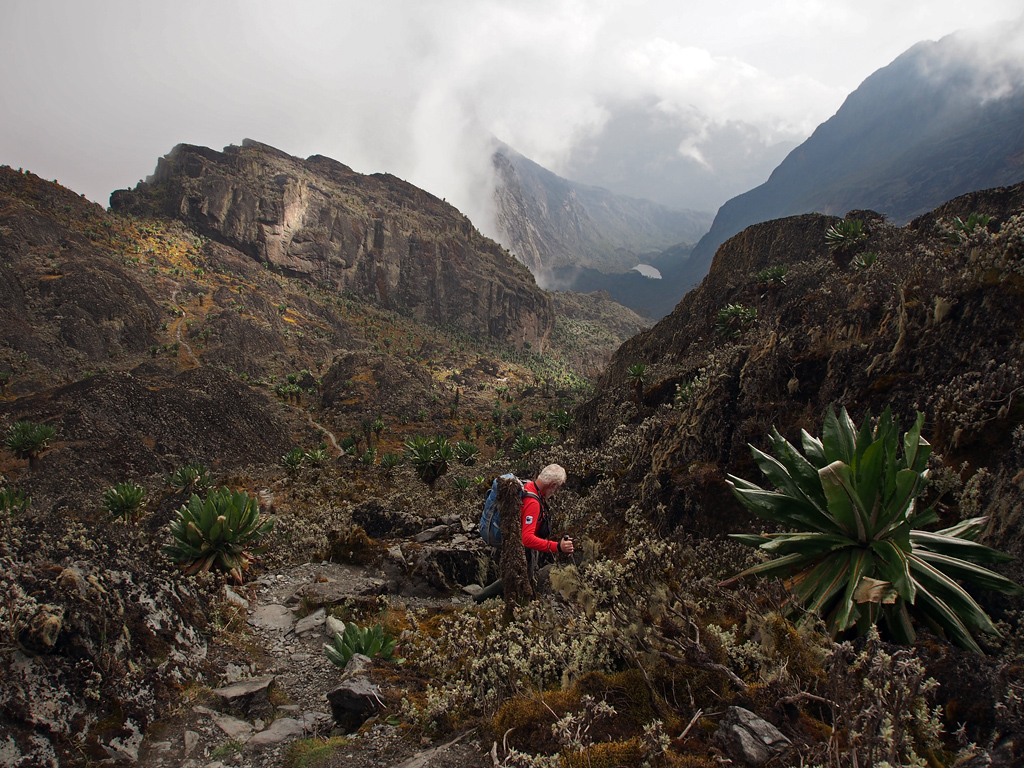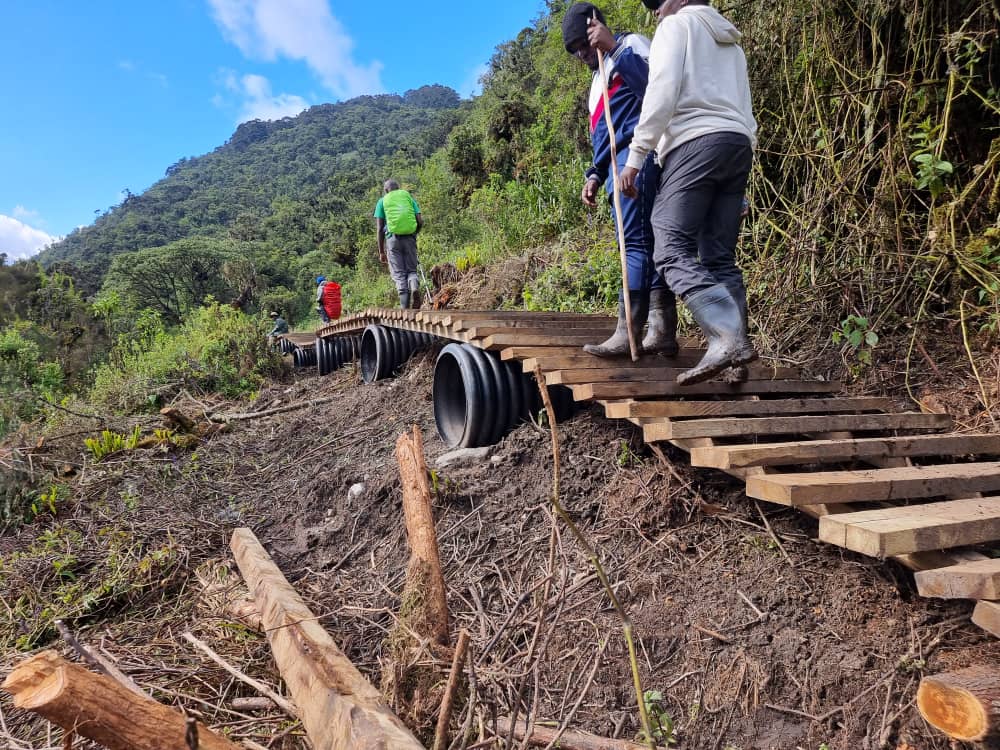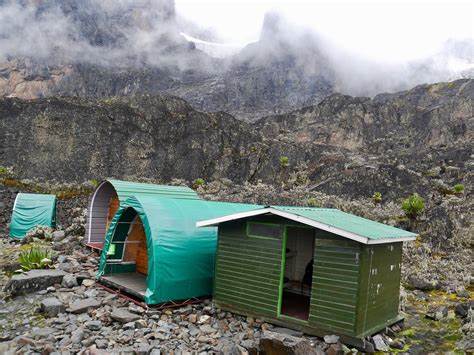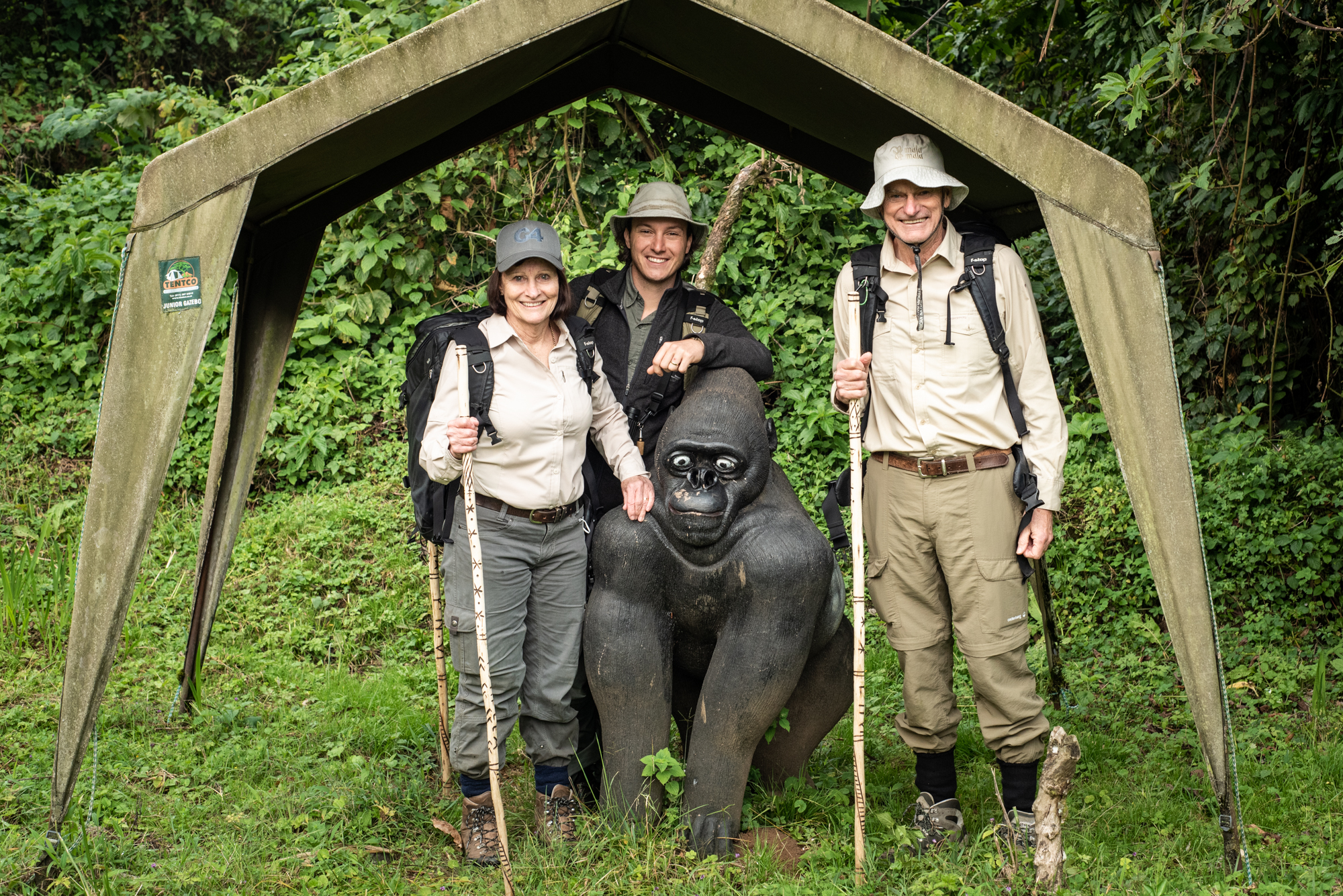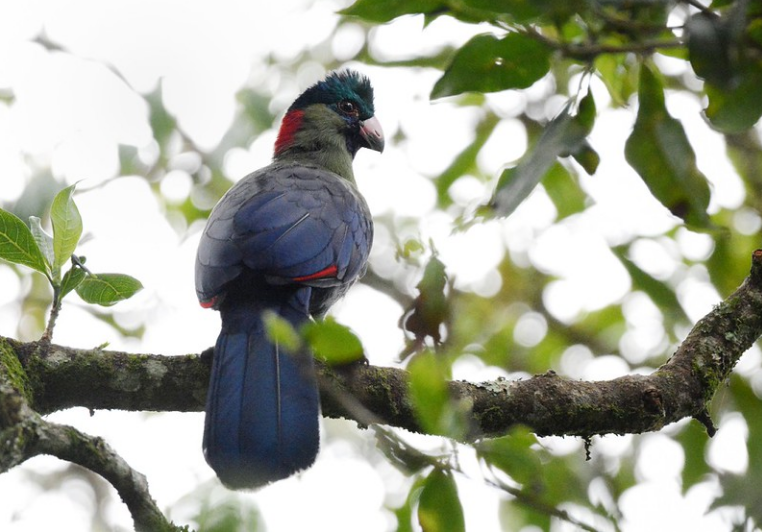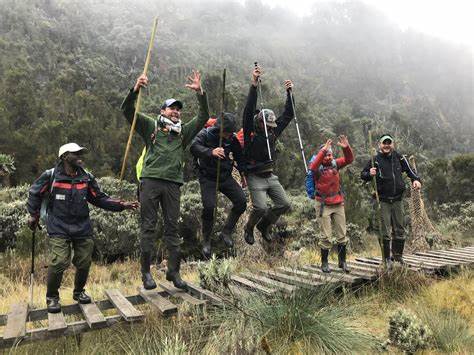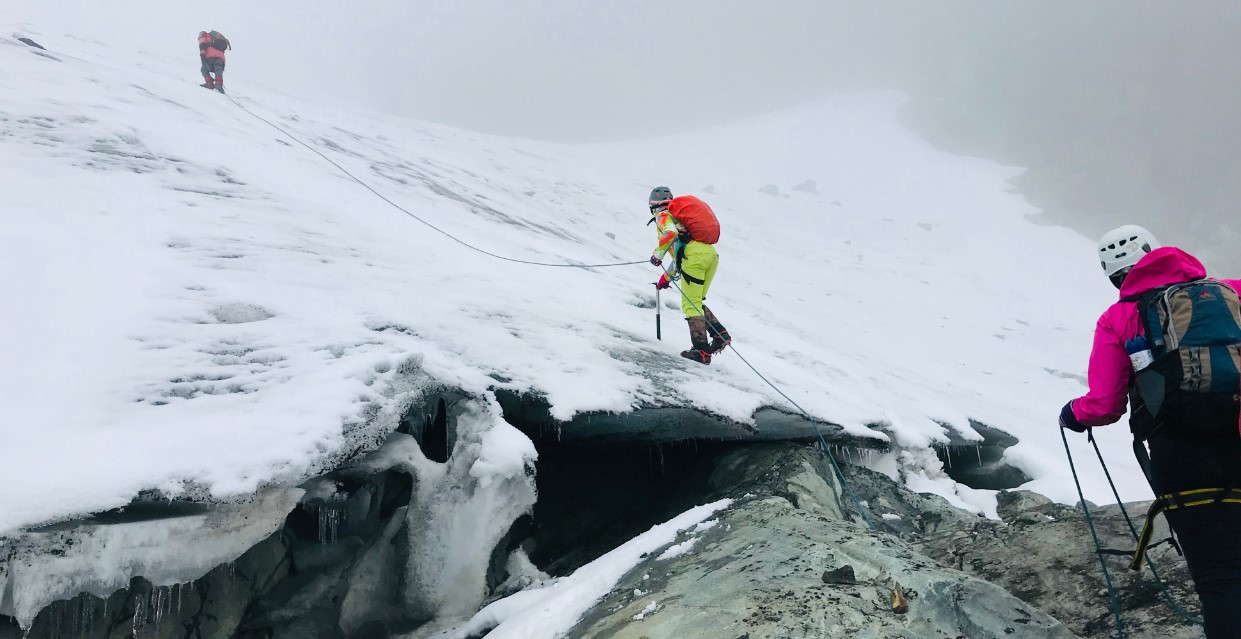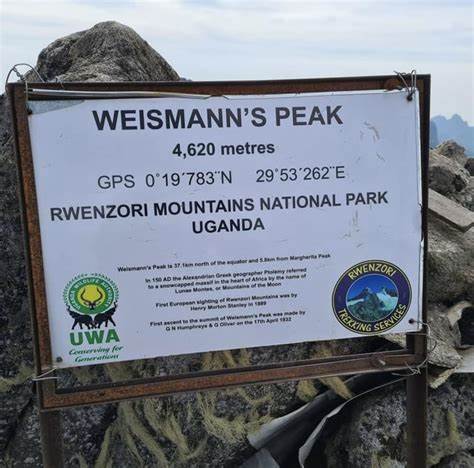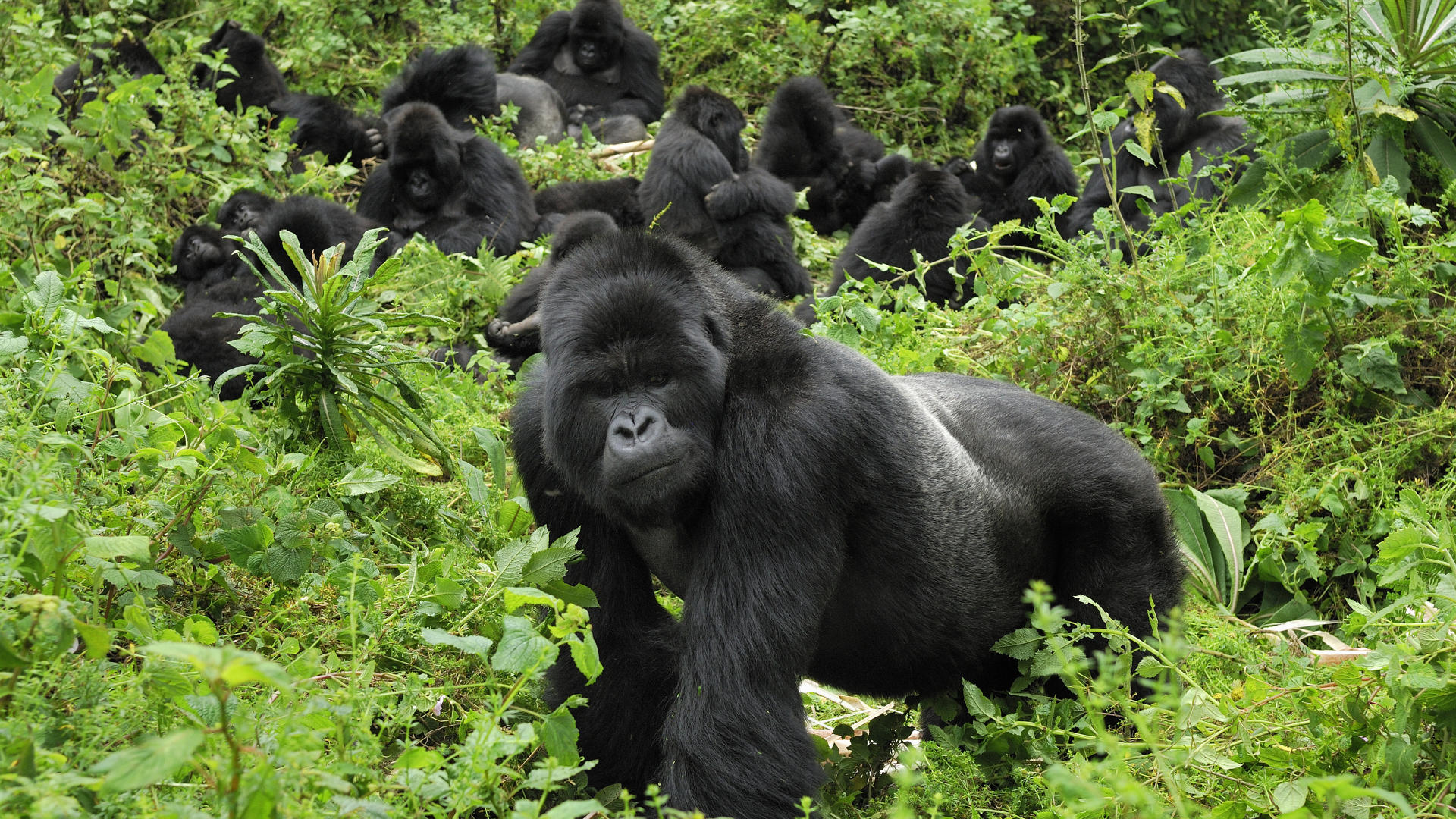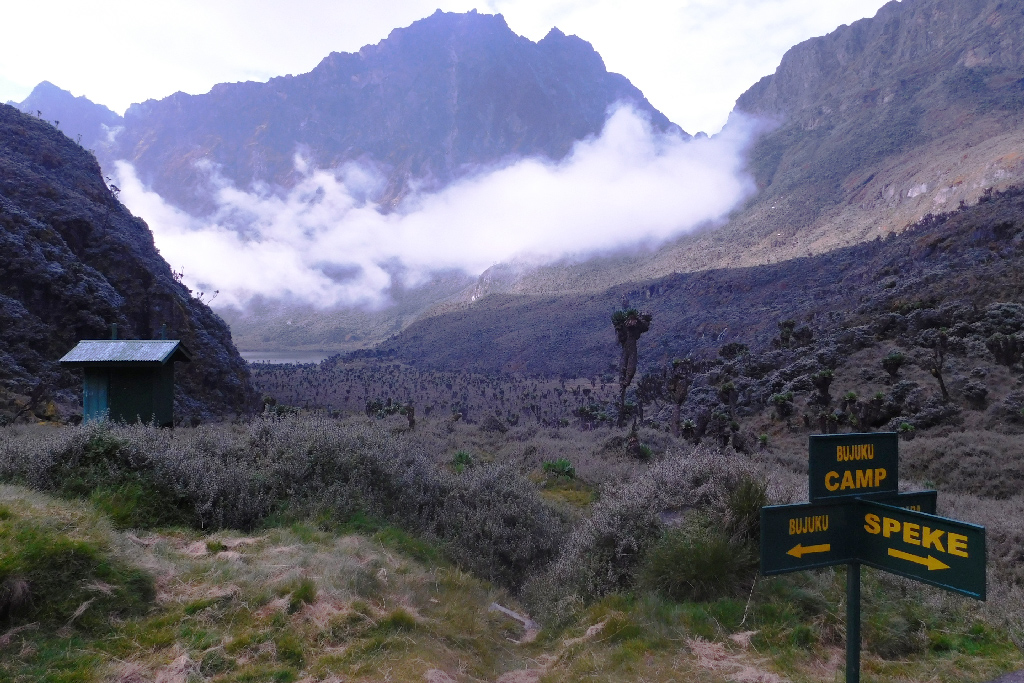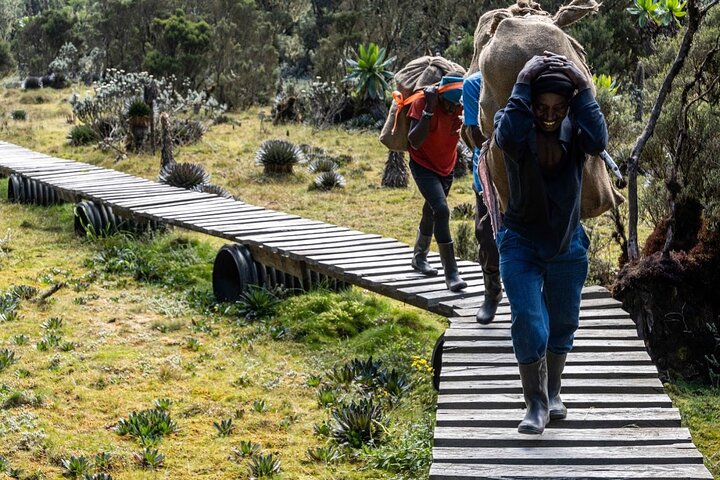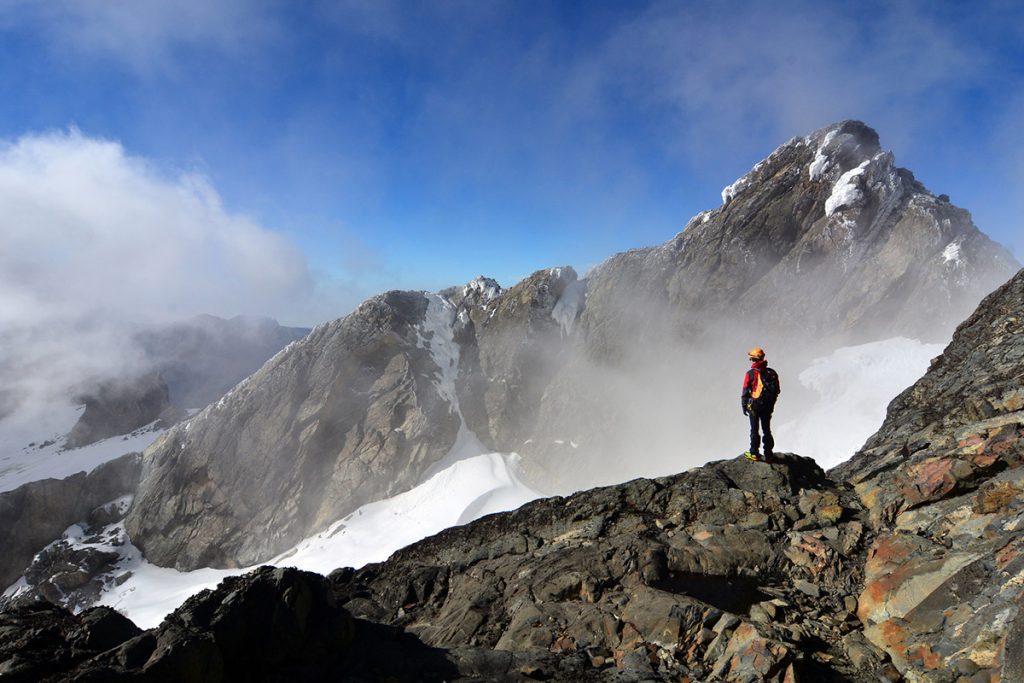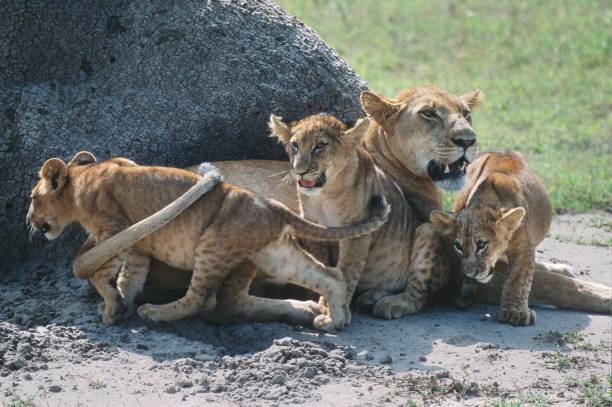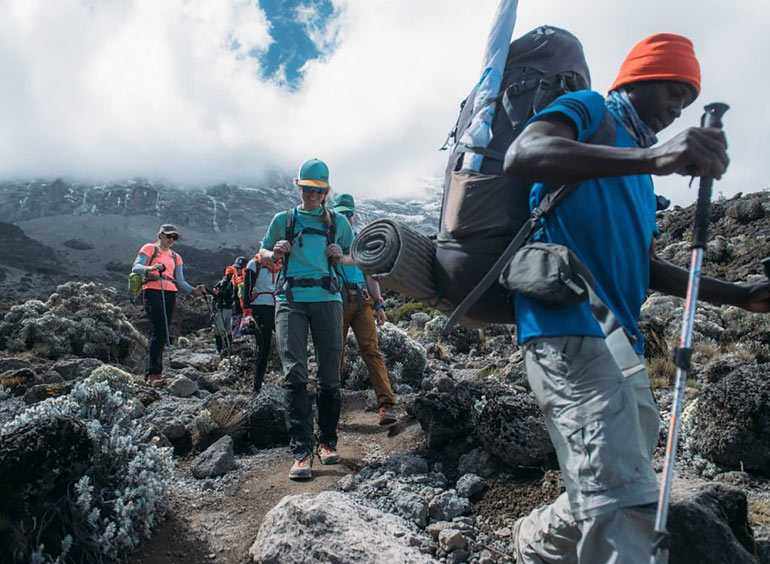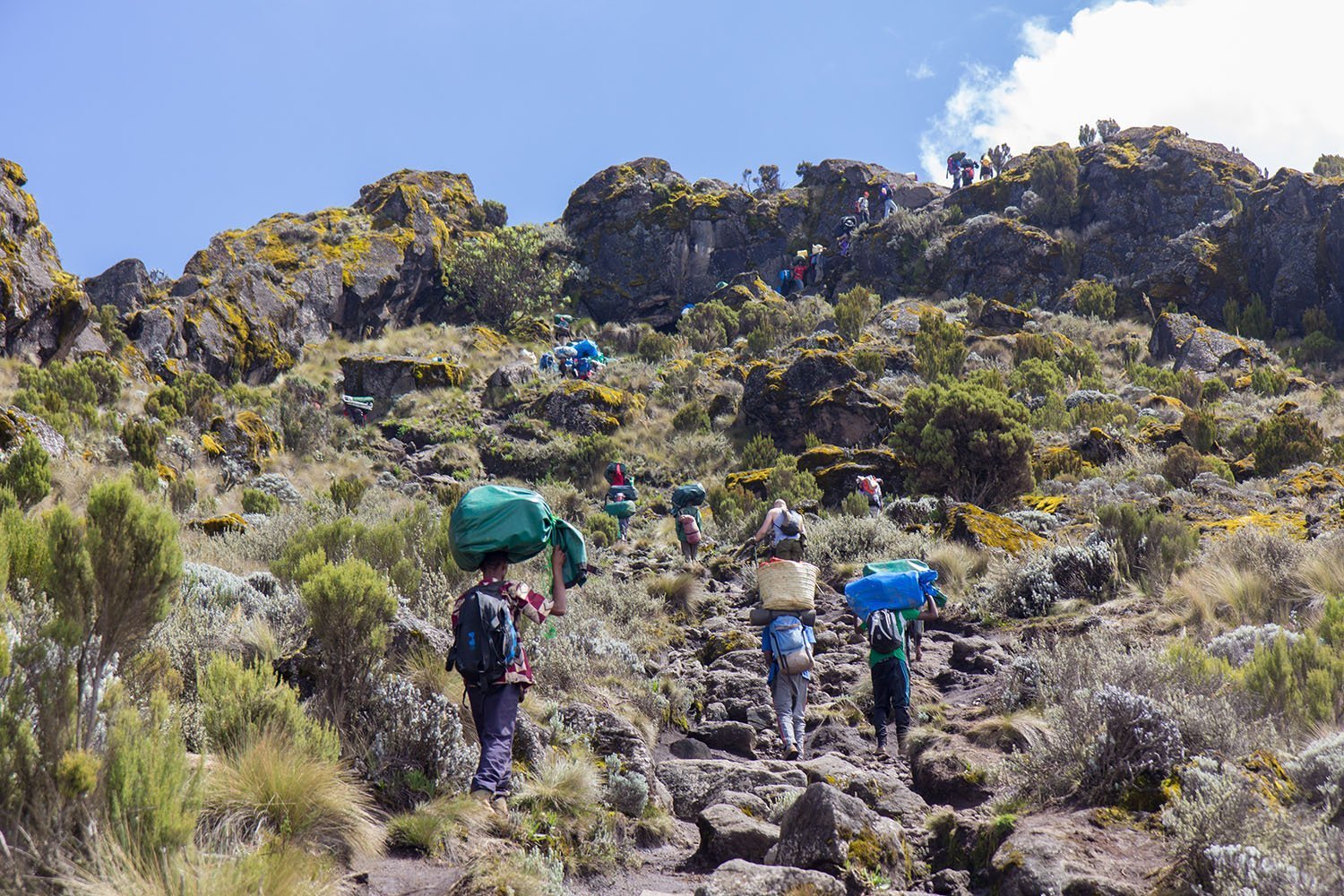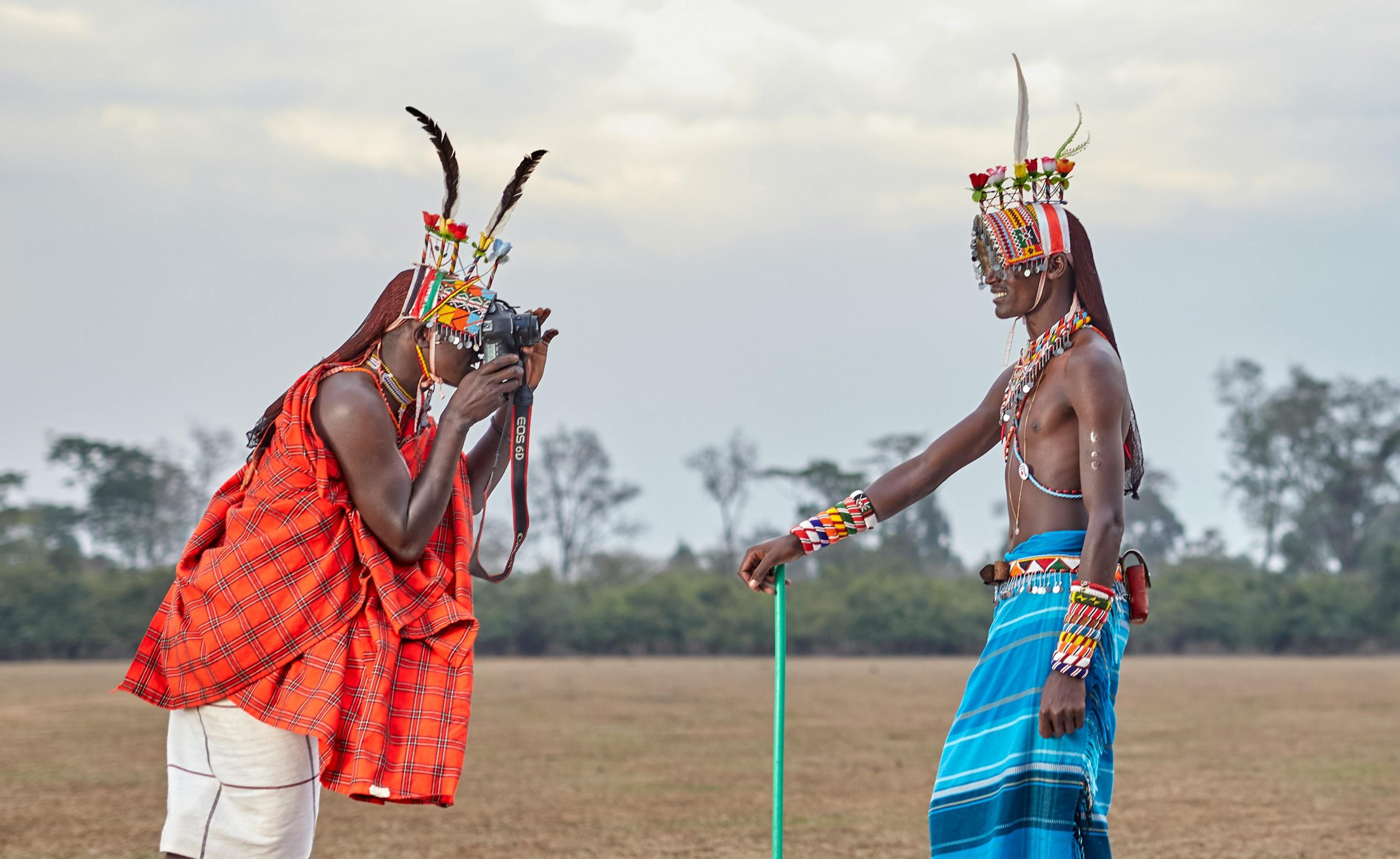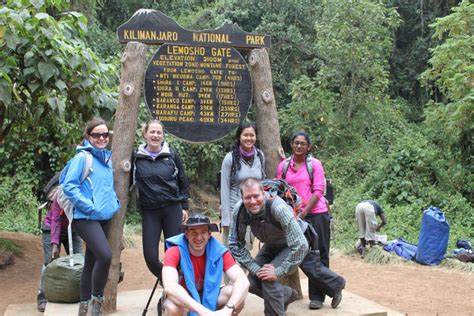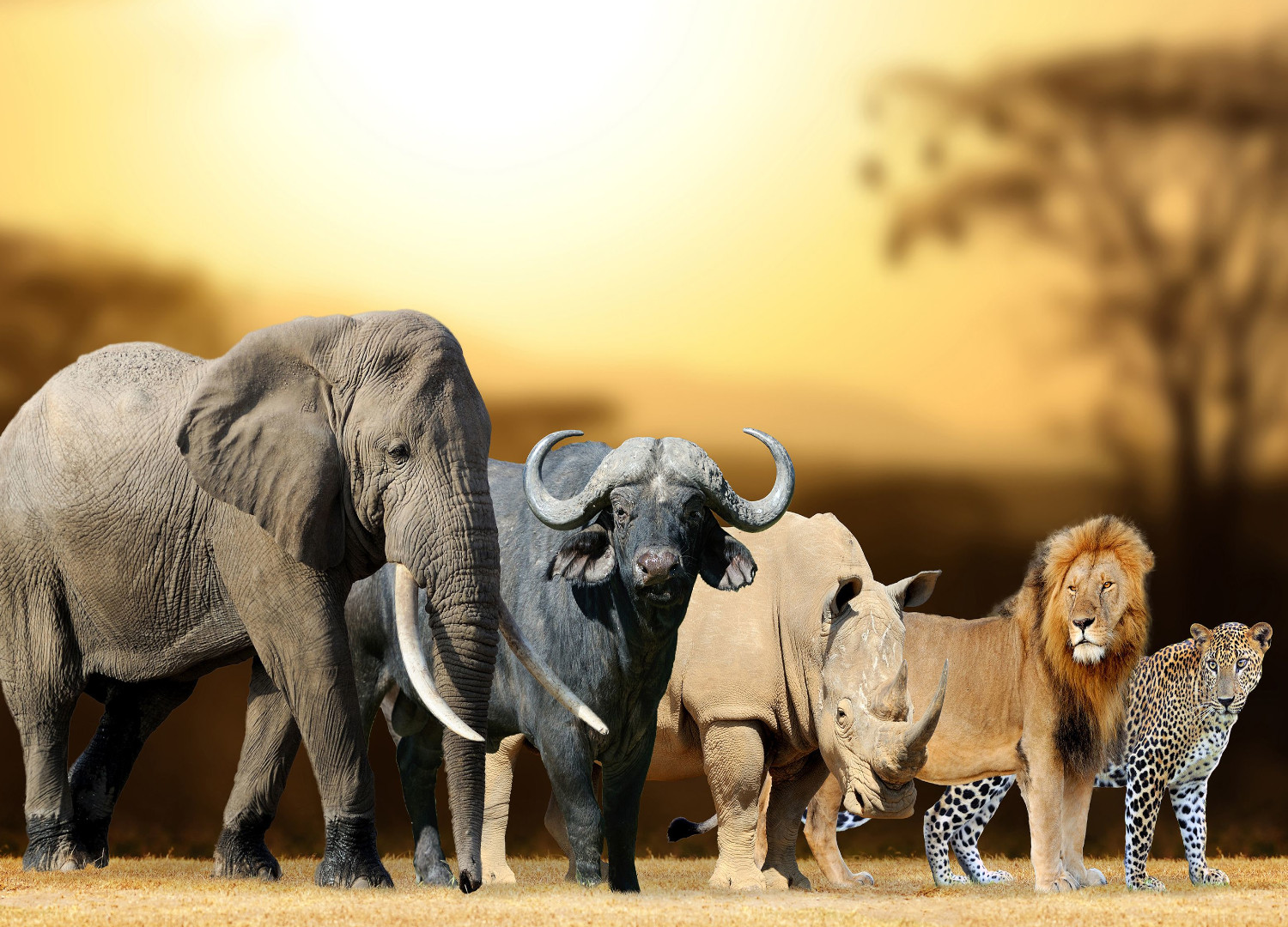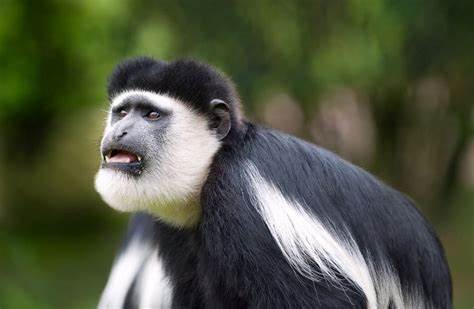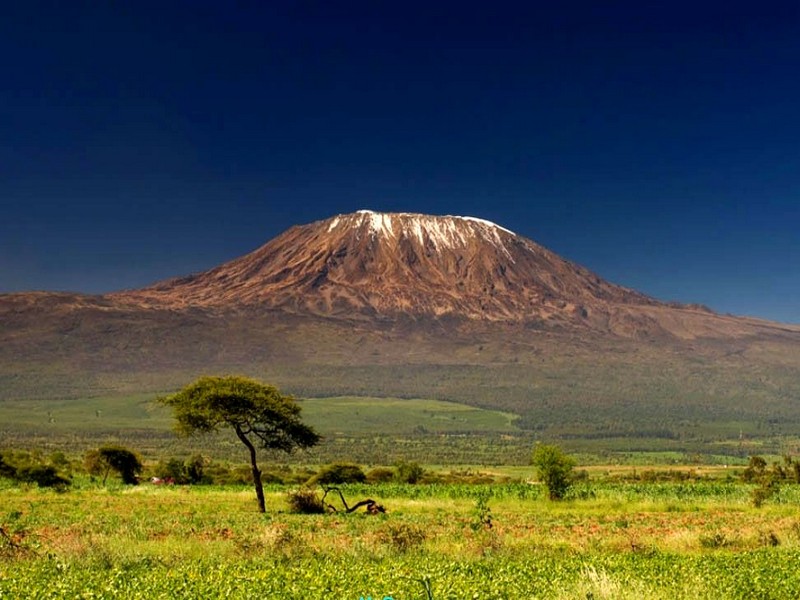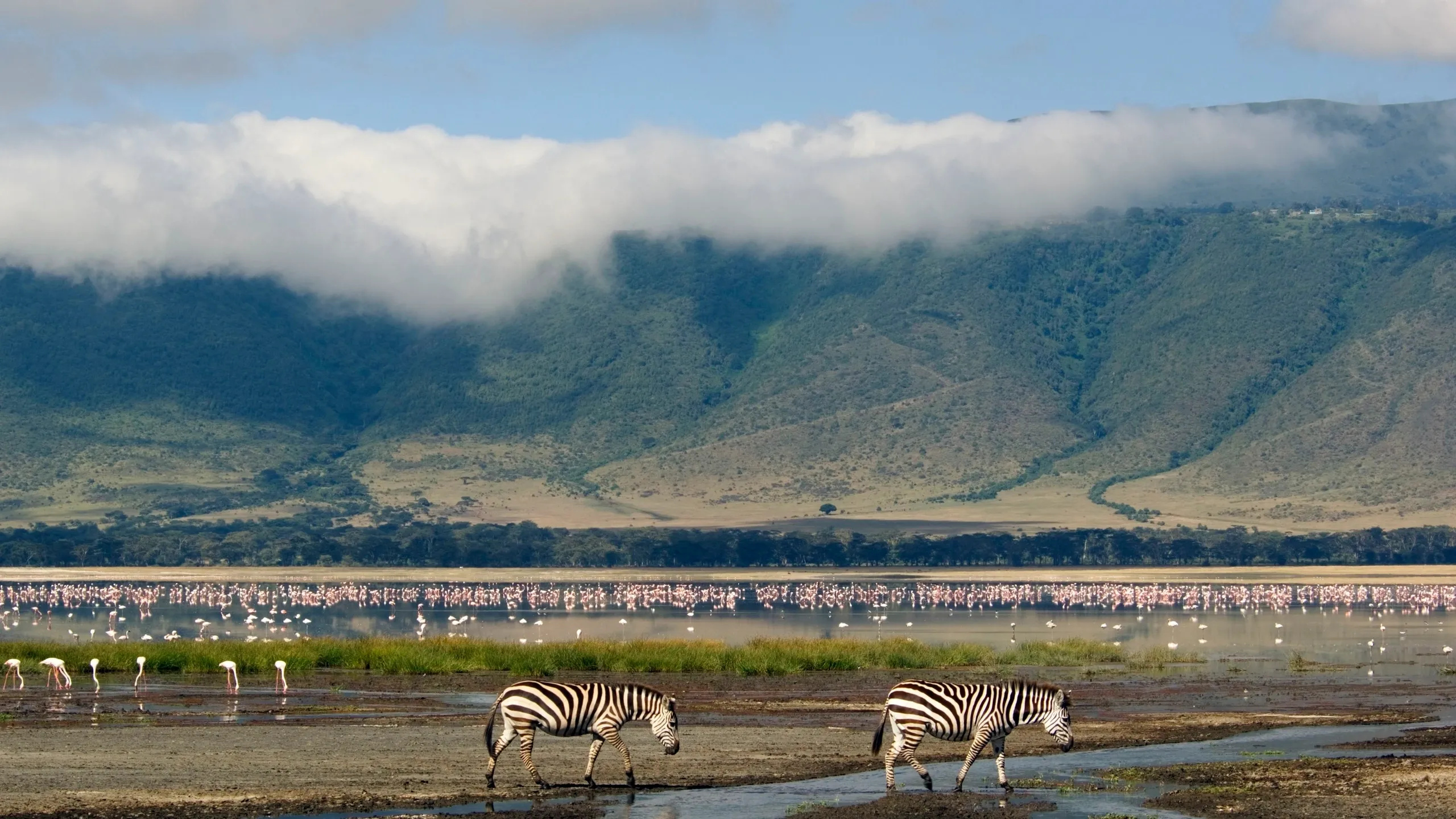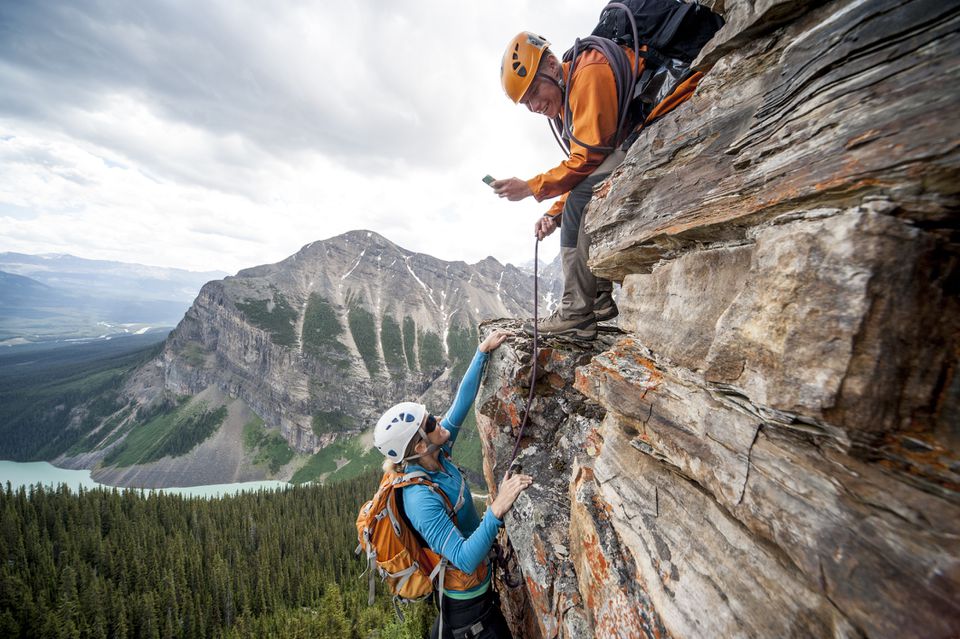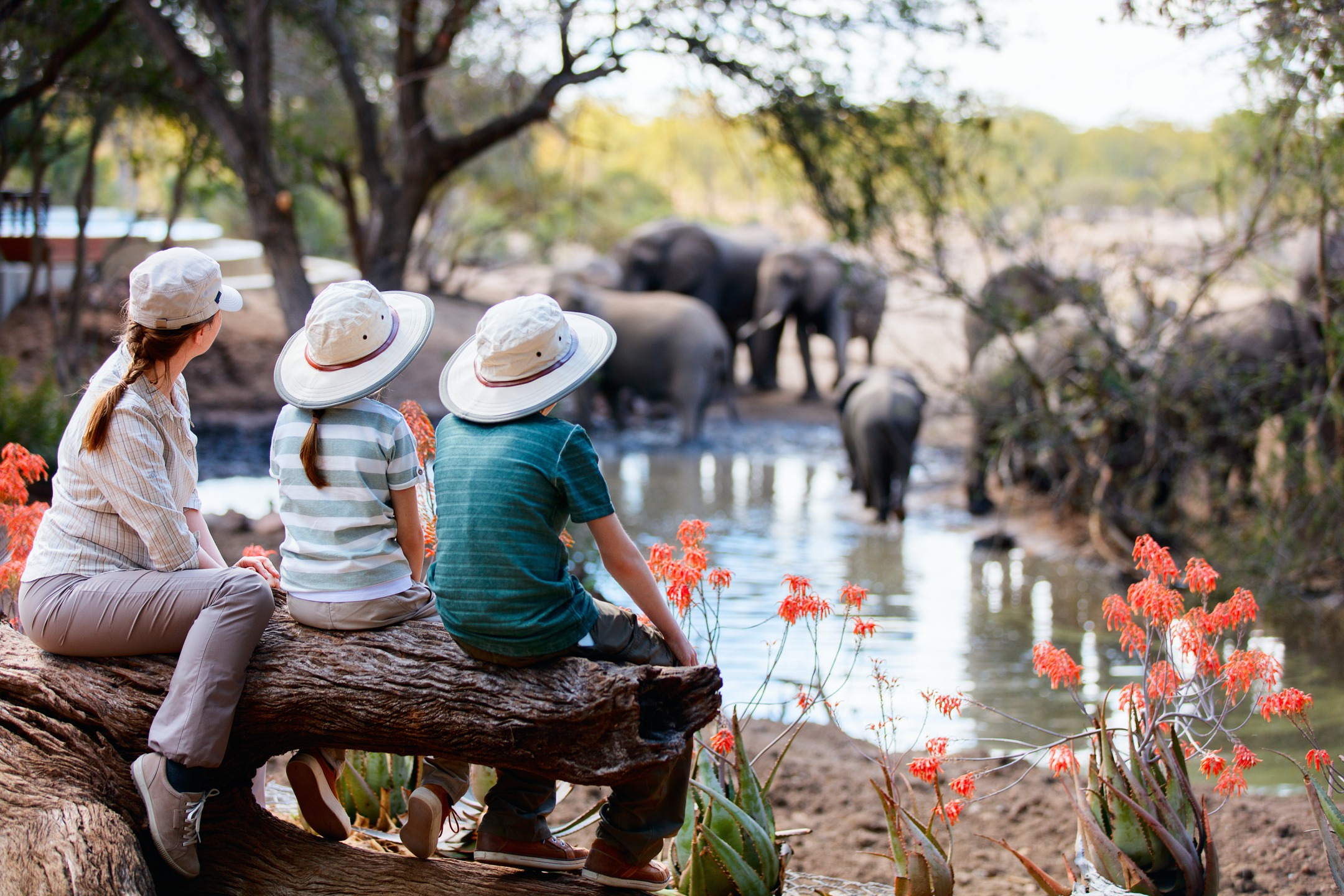Big 5 safari Kenya | see the Big Five Animals in Kenya
Big 5 safari Kenya | see the Big Five Animals in Kenya. Kenya is ranked as one of the most popular Africa safari tour destinations for excellent big five safaris. Also, you are able to be thrilled with these big 5 safari animals which are located in different destinations of Kenya.
Kenya Big five safaris surely offer the most mind blowing experiences of the country. Additionally, these big 5 safari Kenya expeditions are involved with numerous other safari Kenya engagements like the great migration in Africa and more. So, here are some of the things to take note of about the big 5 safari in Kenya which is conducted by our experts from Kilimanjaro Rwenzori.
What Are the Big Five Animals in Kenya?
When you are having the most exciting safaris in Kenya, the term “Big Five” is one of the common words you will get to hear all over. Additionally, this term was originally coined by big-game hunters to describe the five most difficult and dangerous animals to hunt on foot. So, today, the big five safari represents the most sought-after wildlife sightings on any African safari tour.
Here are the animals which are part of the big 5 safari Kenya to be thrilled of as you engage on these top things to do in Kenya.
1. Lions
Lions are Powerful and Social “King of the Jungle” mostly refered to as Panthera leo in a scientific term. Additionally, lions inhabit open savannas, grasslands, and woodlands in Kenya. Also, they’re known to have a Social Structure of the big cats, living in prides that usually consist of related females, their cubs, and a coalition of males. Their roar can be heard up to 8 kilometers (5 miles) away.
Lions in Kenya are mostly found in the country’s major national parks and reserves. Lastly, the Masai Mara National Reserve in Kenya is the most iconic habitat with the largest number of lions.
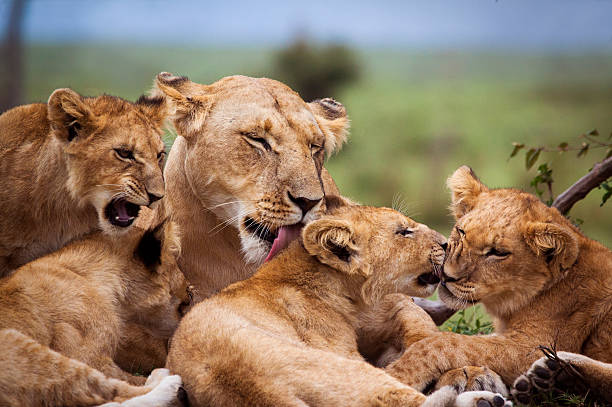
2. Leopards
Leopards in Kenya are known to be Elusive, Stealthy, and Arboreal and scientifically called Panthera pardus. Additionally, leopards usually inhabit Extreme forests, Kenya savannas and mountains. These big 5 safari animals in Kenya are also known to be Solitary and nocturnal. Also, leopards are expert climbers known for dragging prey into trees to protect it from scavengers.
Next, the Kenya big five animals are exceptionally strong for their size. So, they are capable of carrying animals heavier than themselves. Leopards are also Opportunistic and will eat anything from antelope to birds, reptiles, and even insects.
The Masai Mara in Kenya is home to the majority of leopards, as the broad savannahs and acacia woods offer excellent hunting conditions. Another lion hotspot in Kenya is Samburu National Reserve, which is well-known for lion sightings close to the Ewaso Nyiro River. These big 5 animals in Kenya can also be seen in Meru, Amboseli, and Tsavo East and West. Last but not least, leopards can occasionally be seen in Nairobi National Park against the bizarre skyscraper backdrop.
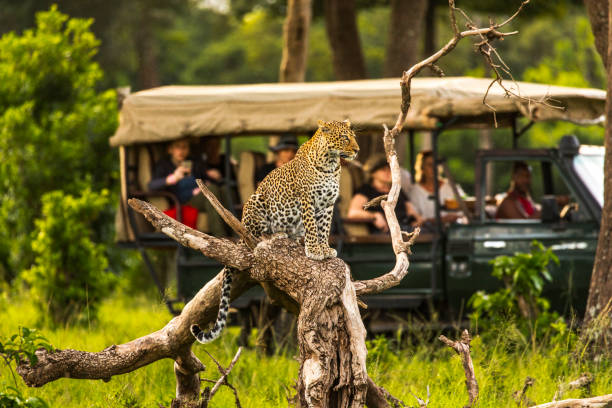
3. African Elephant
Intelligent Giants of Africa is what elephants are usually called by sightseers. These great Kenya big 5 safari animals are scientifically called Loxodonta Africana. Elephants inhabit Savannas, forests, and deserts across sub-Saharan Africa.
Also, these big five animals in Kenya are known to be the largest land animals on Earth. So, the males can weigh up to 6,000 kg (13,000 lbs). Elephants live in matriarchal herds, led by the oldest female. Also, male elephants often live solitary or in small bachelor groups.
Elephants are mostly found in the Kenya national parks and reserves. So, Amboseli National Park is one of the most iconic habitats thanks to its large herds and stunning backdrop of Mount Kilimanjaro. Tsavo East and Tsavo West National Parks together host over 10,000 elephants, including the famous “red elephants” . The latter usually dust themselves with reddish soil.
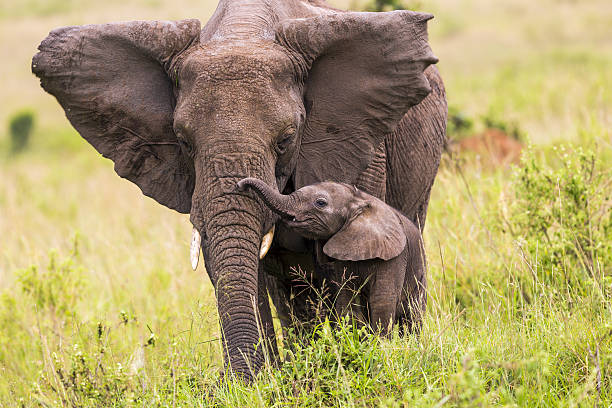
4. Buffalo
Buffalos are termed as the Unpredictable and Formidable Fighters of the forest. Additionally, buffaloes are scientifically known as Syncerus caffer. Just like the rest of the Kenya big five safari animals, these buffaloes as well inhabit the Savannas, woodlands, and floodplains across sub-Saharan Africa.
These big five animals in Kenya live in large, cohesive herds and are extremely protective of their young and injured. Buffaloes in Kenya are mostly found in large numbers across several key national parks and conservancies. The Masai Mara National Reserve, Kenya is one of the most prominent habitats, hosting herds of 200–300 buffalo individuals year-round.
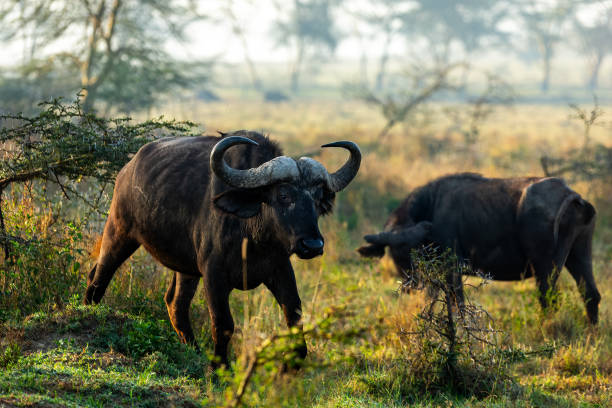
5. Rhinocerous
Rhinoceros are known to be the Ancient, Powerful, and Endangered Species in Africa. Also, they are grouped in two that is the black and white rhinos. Black Rhinos are scientifically known as Diceros bicornis, are smallerand hook-lipped. Then the White Rhino sscientifically known as Ceratotherium simum are larger, square-lipped, grazers.
Rhinoceros have thick skin (1.5–5 cm) but sensitive to sun and insect bites hence frequent mud wallowing for their protection, their horns are made of keratin (like fingernails) and are the main reason for poaching.
Rhinoceros inhabit the Kenya Grasslands and savannas, particularly in protected parks and reserves, these endangered species are known to have Poor eyesight, but acute hearing and smell.
The biggest population of black rhinos in East Africa is found in the Ol Pejeta Conservancy in Laikipia. Hence, making it the most notable habitat for these big animals in Kenya. The two last northern white rhinos are kept there with armed guards. Another important destination is Lake Nakuru National Park, which is well-known for having a large number of black and white rhinos, particularly in the area south of the lake.

Note; Black rhinos are critically endangered, with just over 5,000 individuals left. And the White rhinos are nearly threatened, though the northern subspecies is functionally extinct.
Top Destinations for a Big 5 Safari Kenya
When considering the big 5 safari Kenya trips, here are the top safari destinations for this kind of experience.
1. See the big 5 animals in Kenya’s Masai Mara National Reserve
Masai Mara National Reserve is known as the most famous destination for Kenya safari holidays. Additionally, the Masai Mara offers thrilling game viewing experiences and is part of the larger Serengeti Mara ecosystem. Lastly, it and is best known for the Africa Great Migration a spectacle involving millions of wildebeest, zebras, and gazelles.
Masai Mara National Park is known for a certain percentage of the Big 5 safari Kenya Sighting and it is as below;
- Lions: 90% – The Masai Mara Kenya is renowned for its high lion density and due to this fact sightseers have a high chance to marvel at these endangered species.
- Leopards: 60% – Leopards are often seen along riverine forests of the Masai Mara national Reserve and with this percentage sightseeing them while on the Kenya big 5 safari is a must.
- Elephants: 75% – Frequently sighted, especially in wooded areas of the park. So, this percentage permits sightseers to marvel at elephants while on the big five safari adventure in Kenya.
- Buffalo: 85% – With a percentage of 85, it is Common in large herds throughout the reserve and hence easily witnessed.
- Rhinos: 15% – Rare, mostly seen in the Mara Triangle or private conservancies in Kenya.
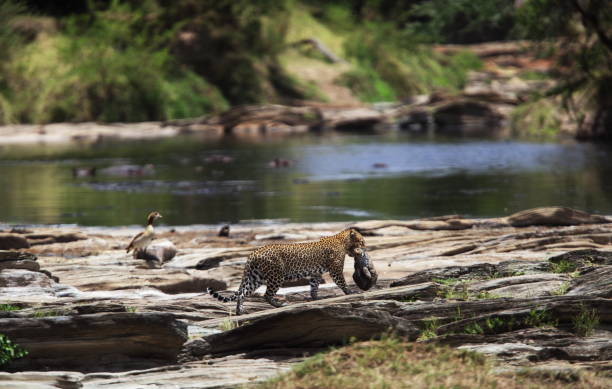
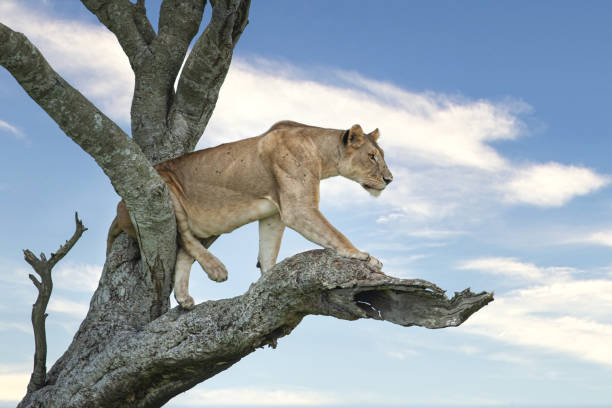
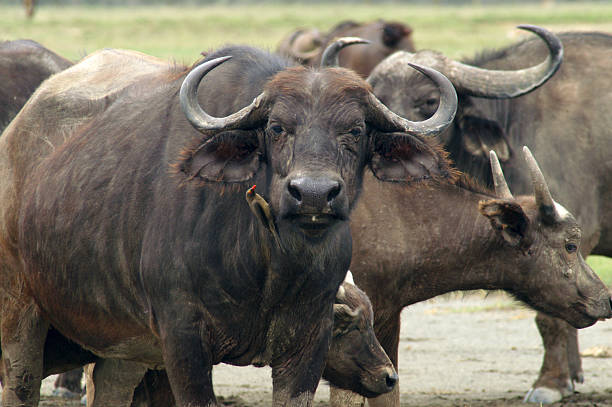
2. The Big 5 Kenya Safari in Amboseli National Park
Amboseli National Park is located in southern Kenya near the Tanzanian border. Also, it is an excellent habitat for the big 5 safari animals in Kenya like elephants, buffalo, leopards and lions. Amboseli NP offers breathtaking views of Mount Kilimanjaro and large herds of African elephants.
The Approximate Percentages of the Kenya Big Five Sightings in the Amboseli national park is as follows;
- Rhinos: 0% – Not present in Amboseli.
- Lions: 70% – These are often spotted in open plains of Amboseli National Park. So, sightseers have a chance to witness these while on safari game drives in Amboseli in search of the big 5 safari animals in Kenya.
- Leopards: 30% – Shy and elusive here, mainly seen near swamps. Also, leopards are not so many in the park but still can be sighted while on your big five adventure in Kenya.
- Elephants: 95% – Amboseli is famous for large herds of elephants with iconic tusks with the percentage of 95. Hence, making them one of the most sought for endangered species in the park.
- Buffalo: 80% – Buffalos are frequently found near marshes within Amboseli national park.
3. Lake Nakuru National Park – See the big 5 safari Kenya animals
Lake Nakuru National Park is famous for its flamingo-covered lake and unique landscapes in Kenya. Also, Lake Nakuru is a prime big 5 safari Kenya destination for spotting both black and white rhinos, lions, and leopards are often seen.
Here are the Kenya Big Five Sightings in Lake Nakuru National Park with approximate percentages you should be aware of.
- Rhinos: 90% – With this level of presence, there is an excellent chance to see both black and white rhinos within Lake Nakuru national park.
- Lions: 65% – Often seen lounging in acacia trees, lions are ranked as the most sought for endangered species in the Lake Nakuru national park.
- Leopards: 50% – Leopards are occasionally spotted in wooded areas of the park and having a percentage of 50 percent its best marveled at during morning hours.
- Elephants: 0% – When you are on a big five safari in Kenya you should note that there are no elephants found in Lake Nakuru National park.
- Buffalo: 85% – Buffalos are commonly seen in open grasslands of Lake Nakuru national park. Hence ,while on your big five safari Keny, this is a thrilling engagement.
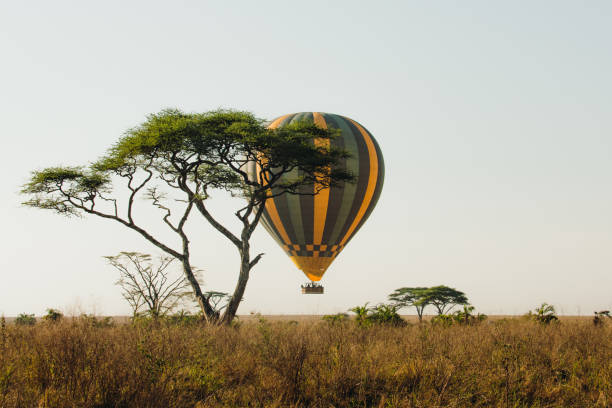
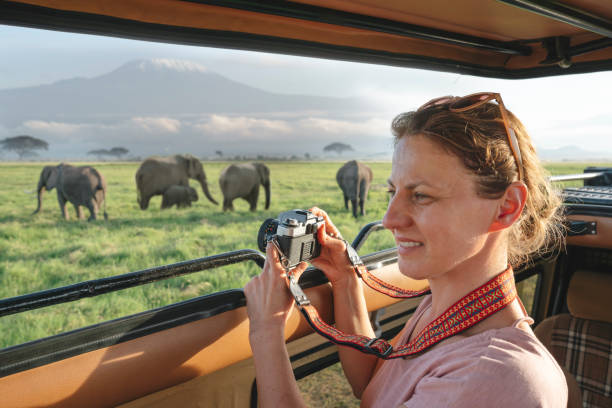
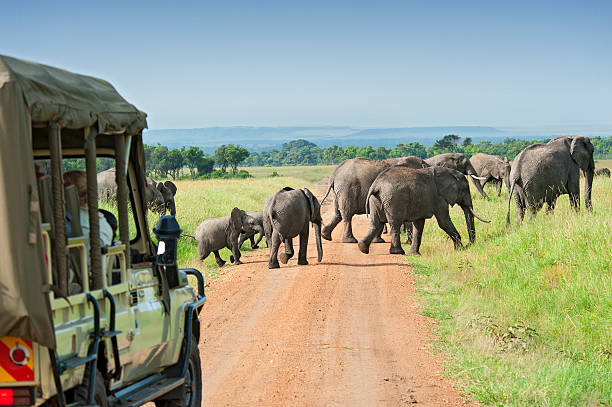
4. The big 5 safari Kenya in Tsavo National Parks (East & West)
Tsavo National Park is known for its red-dusted elephants in Kenya and for its vast wilderness. While on your Kenya Big 5 safari animals spotting, you are to be thrilled with the presence of Elephants, lions, leopards, and buffalos.
The Big Five Sightings in Tsavo NP, Kenya and approximate Percentages are as below and this gives assurance of marveling at them.
- Rhinos: 10% – These big 5 safari Kenya species are rare and mainly found in the protected rhino sanctuary in Tsavo West.
- Lions: 75% – The infamous “man-eaters of Tsavo” are part of local lore these are some of the most sought for species in Tsavo national park.
- Leopards: 45% – Leopards are mostly seen in rocky outcrops and dense vegetation areas of Tsavo national park. Hence, during Kenya safari tour game drives you are likely to marvel at these endangered animals.
- Elephants: 90% – Red-dusted elephants are a signature sight here and with a percentage of 90 it is common to witness these species as they roam within the national park.
- Buffalo: 85% – Buffalos are common in both East and West Tsavo National parks in Kenya. So, any direction one selects it evident the witnessing of these endangered big 5 safari Kenya species is a must.
5. See the big 5 animals in Laikipia Plateau, Kenya
Located north of Mount Kenya, Laikipia is a lesser-known but incredibly rewarding Kenya holidays destination for the big five. Also, it is a home to a number of conservancies in Kenya.
The Kenya Big Five Sightings approximate percentages of Laikipia Plateauis as below and hence having that level of percentage to witness them.
- Rhinos: 95% – One of the best places in Kenya for black and white rhino conservation.
- Lions: 80% – Lions can be witnessed especially in private conservancies in Laikia hence topping to thrill of adventure.
- Leopards: 55% – Viewing these big 5 safari animals in Kenya is always of good chances in forested and hilly areas of the area.
- Elephants: 85% – Elephants are often seen roaming across conservancy lands and with this kind of percentage its mind blowing.
- Buffalo: 80% – Having this kind of percentage implies it is one of the commonly sighted big five animal in the Laikia Plateau.
Rwenzori trekking itineraries
Rwenzori Guide
- Rwenzori trekking guide
- When to visit Rwenzori
- How to get to Rwenzori
- Luxury Rwenzori Accommodations
- Budget Rwenzori Accommodations
- Attractions in Rwenzori
Kilimanjaro climbing tours, Tanzania
Kilimanjaro Guide
- Kilimanjaro climbing guide
- Luxury Kilimanjaro Hotels
- Cheap Kilimanjaro accommodations
- Gameparks near Kilimanjaro
Useful links + other African safari packages
- Rwenzori trekking services
- Kilimanjaro Climbing guide
- 3 day gorilla trekking self drive to Bwindi
- Rwenzori trekking guide
- 3 day Queen Elizabeth self drive from Kampala
- self drive Uganda
- Car rentals 4×4 East Africa
- Masai Mara Great Migration
- Serengeti Wildebeest Migration
- Big 5 safari Uganda
- Best time to visit Rwenzori
- what to pack for your trek
- Rwenzori vs Kilimanjaro
Safari Activities to include while on a big 5 safari in Kenya
There are alot of things to do in Kenya which visitors who opt for the big five safari can engage in. Additionally, these thrilling safari activities are tailored to maximize wildlife encounters and some of these include;
- Game Drives: The most popular way to explore the parks is through safari game drives which are conducted in 4×4 vehicles in Kenya. Also, they are led by our experienced guides from Kilimanjaro Rwenzori. Early mornings and late afternoons offer the best chances to see the big five animals in Kenya on the move.
- Walking Safaris: Guided walking safaris in conservancies and private reserves offer an up-close perspective of Kenya’s flora and smaller fauna and sometimes, a thrilling Big Five encounter on foot.
- Night Game Drives: Available in private conservancies like Ol Pejeta and Lewa, night drives reveal nocturnal animals such as leopards, hyenas, and servals.
- Hot Air Balloon Safaris in Kenya: Soar above the savannah at sunrise in the Masai Mara or Amboseli. You will spot spotting herds of elephants and lions from the sky an unforgettable way to observe the Kenya Big 5 safari animals from a new perspective.
- Cultural Visits: Spend time with Maasai, Samburu, or Turkana communities. So, enrich your big 5 Kenya safari with insights into traditional life, conservation, and coexistence with wildlife.
What is the cost of a Big Five Safari in Kenya
Safari prices for big five Kenya safaris vary significantly depending on travel season, accommodation type, and itinerary. Here’s a general breakdown to look up to and also it should be noted that these are not consitant and can change any time of the year.
- Park Entry Fees: $50–$80 per person/day for most national parks.
- Game Drives (included in packages): Private or shared, often included in daily lodge rates.
- Luxury Big 5 Safari Packages: $600–$1,500+ per person/day.
- Mid-Range Packages: $300–$600 per person/day.
- Budget Camping Safaris: From $150 per person/day.
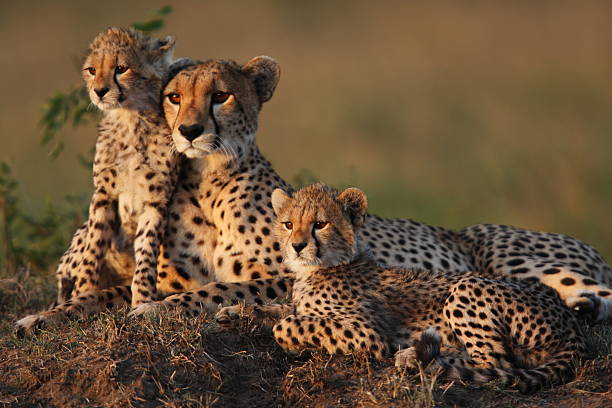
Where to Stay During Your big 5 Safari Kenya
As you are on your big five safari in Kenya, it is best to consider where to book for your accommodation. Kenya caters to all kinds of travelers as it has different kinds of accommodation levels including budget backpackers, mid-range to luxury seekers.
- Luxury Lodges and Camps
These are some of the luxury lodges and camps to consider when selecting from a luxury level of budget. Since these luxury lodges offer great services and these include; Angama Mara (Masai Mara), Elewana Tortilis Camp (Amboseli), Finch Hattons (Tsavo West)
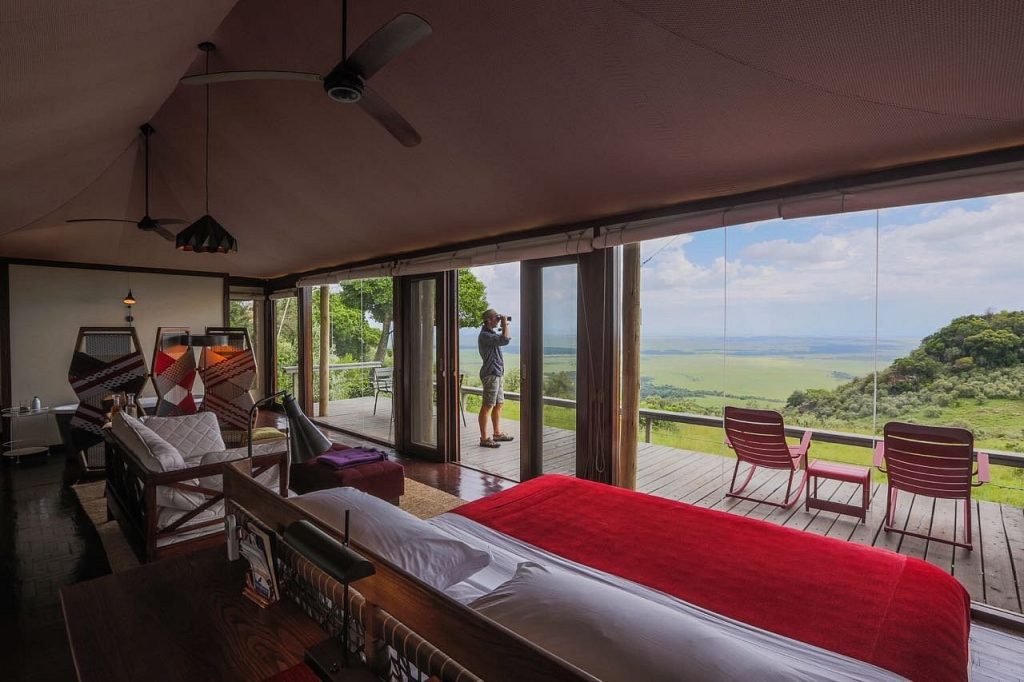
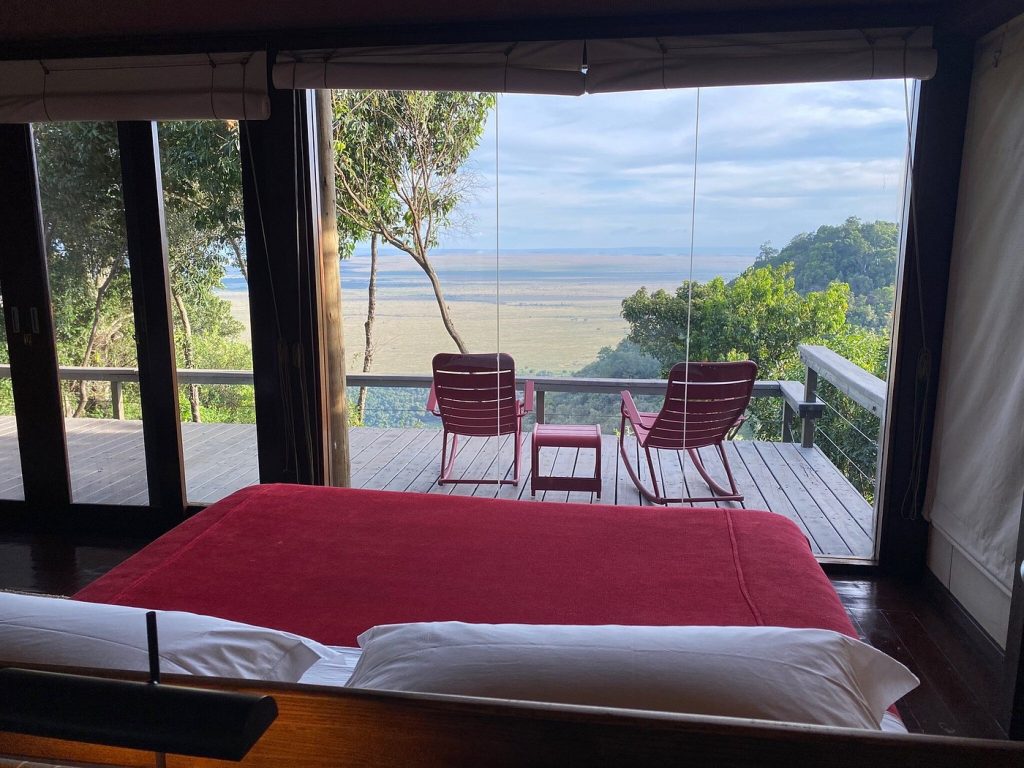

2. Mid-Range Options
For all those opting for mid-range budget, below are some of the options to select from as you are getting thrilled by the services they provide. So, these involve; Sopa Lodges (available in many parks), Sarova Mara Game Camp, Serena Lodges.
3. Budget Camps
For budget level options the best camps to select from include; Manyatta Camp (Masai Mara), Kibo Safari Camp (Amboseli), Public campsites in Tsavo and other parks
Worst and Best Time to Visit Kenya for the Big Five Sightings
While in Nairobi, Kenya for the big five safari it should be best to be aware of the best and worst time to have this experience. Here are the worst and best time to visit Kenya for big five sightings and safaris.
- Best Time: When you are on your big five safari adventure in Kenya, the best time for this big 5 safari is during June to October. So, this is the dry season since its easier for sightseers to marvel at animal near waterholes and open terrain.
- Good Time: January to February these months are known to be short dry season and fewer crowds. Hence, for sightseers who are not interested in crowds this is the best time to visit the Kenya national parks for the big 5.
- Worst time for big 5 safari in Kenya: When considering the worst and green seasons of the year, this is from the months of March to May. Also, they are known for fewer tourists and lush scenery, but some areas may be inaccessible due to rains.
- Migration Highlight: when considering the migration highlights, these run from the months of July to October. You are able to witness the dramatic wildebeests river crossings in the Masai Mara and predator-prey encounters from the Kenya big five i.e lions and leopards.
How to Get to the Parks for the big 5 safari Kenya
There are various ways to get to the national parks for this thrilling Kenya big five adventure and these below are the ways to consider.
By Air: Sightseers who opt for the big five safari adventures in Kenya can get to have daily scheduled flights from Nairobi (Wilson Airport) to major parks via Air Kenya, Safari Link, or Mombasa Air Safari. This is considered to be the quickest way to get to the destinations and also less tiring way for.
By Road: This is known to be the cheapest way to getting to national parks. Since sightseers can get to connect to the Kenya parks and also be able to witness other attractions along the way. Note that most of the parks have different time durations to be reached as you use road transport, such as;
Nairobi to Masai Mara: ~5–6 hours.
From Nairobi to Amboseli: ~4 hours.
Nairobi to Lake Nakuru: ~3 hours.
The big 5 safari Kenya tour packages
Kilimanjaro Rwenzori company provides a number of bespoke big five safari packages in Kenya. Get in Touch with our safari experts so that they craft for you the best and affordable big five tour packages in Kenya for those on budget and luxury travellers.
You might also like:

